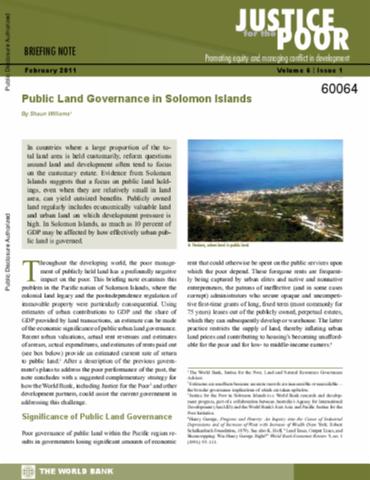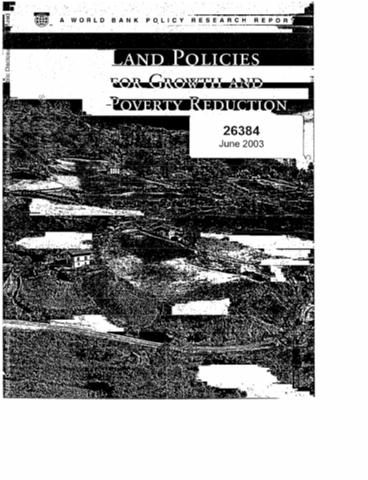Methodological approach in conflict assessment and mitigation caused by game animals in Latvia
Attempts to estimate the allowable maximum population density is well known in the history of game management in Latvia. Relatively permanent environmental features (e. g. landscape and forest structure) have been used for the assessment of carrying capacity of hunting grounds. Amount of the available winter feed was considered as a limiting factor for major game species in each landscape unit and forest type. While focusing on the actual abundance of feed, many other factors, including mutual interaction among species and populations, were overlooked.
Should conservation of biodiversity involve private land? A Q methodological study in Poland to assess stakeholders’ attitude
Biodiversity conservation is gradually shifting its dependency on public protected areas to take a more holistic ecosystem and landscape approach that includes private lands in addition to public lands. However, effective practice of biodiversity conservation on private land also depends on landowners’ attitude and their willingness to participate and cooperate. This study focuses on Poland where conservation on private land is a relatively new concept but it is slowly gaining recognition, especially after its accession into the European Union.
22 year assessment of deforestation and restoration in riparian forests in the eastern Brazilian Amazon
Brazilian environmental law imposes more restrictions on land-use change by private landowners in riparian forests than in non-riparian forest areas, reflecting recognition of their importance for the conservation of biodiversity and key ecosystem services. A 22-year time series of classified Landsat images was used to evaluate deforestation and forest regeneration in riparian permanent preservation areas over the past two decades, focusing on the municipality of Paragominas in the state of Pará in eastern Amazonia.
Building resilience to climate change in rain-fed agricultural enterprises: An integrated property planning tool
In response to a drying climate, an integrated property planning tool was developed over three years to help landowners make better use of available rainfall. A sequence was identified which indicated how parts of each property are affected by soil moisture limitations. The sequence was combined with soil properties to indicate targeted strategies for each location aimed to improve soil moisture availability, biomass utilisation, and long-term viability of the farm or ranching enterprise.
Public Land Governance in Solomon Islands
In countries where a large proportion of the total land area is held customarily, reform questions around land and development often tend to focus on the customary estate. Evidence from Solomon Islands suggests that a focus on public land holdings, even when they are relatively small in land area, can yield outsized benefits. Publicly owned land regularly includes economically valuable land and urban land on which development pressure is high. In Solomon Islands, as much as 10 percent of Gross Domestic Product (GDP) may be affected by how effectively urban public land is governed.
Women, State Law and Land in Peri-Urban Settlements on Guadalcanal, Solomon Islands
This paper provides a brief overview of the intersection of state and customary laws governing land in peri-urban settlements around Honiara, focusing on their impact upon landowners, particularly women landowners. It suggests that the intersection of customary and state legal systems allows a small number of individuals, predominantly men, to solidify their control over customary land. This has occurred to the detriment of many landowners, who have often found themselves excluded from both decision-making processes and the distribution of financial benefits from the use of land.
Land Policies for Growth and Poverty Reduction
Land policies are of fundamental importance to sustainable growth, good governance, and the well-being of, and the economic opportunities open to, both rural and urban dwellers - particularly the poor. To this end, research on land policy, and analysis of interventions related to the subject, have long been of interest to the Bank's Research Department, and other academic, and civil society institutions.
The Art and Science of Benefit Sharing in the Natural Resource Sector
The purpose of this paper is to contribute to theunderstanding and discussion of how the costs andbenefits of natural resource development are sharedacross society. This paper presents how IFC, as both aninvestor and a development organization, determineswhether benefits and costs are shared reasonably, and how this assessment influences IFC’s decision to invest ina particular natural resource project. the goal of the paper is to promotea broad, constructive dialogue across stakeholders—governments, investors, civil society, and others—around benefit sharing.
Doing Business Economy Profile 2012
Doing Business sheds light on how easy or difficult it is for a local entrepreneur to open and run a small to medium-size business when complying with relevant regulations. It measures and tracks changes in regulations affecting 10 areas in the life cycle of a business: starting a business, dealing with construction permits, getting electricity, registering property, getting credit, protecting investors, paying taxes, trading across borders, enforcing contracts and resolving insolvency.
Alternative Approaches to Addressing the Risk of Non-Permanence in Afforestation and Reforestation Projects under the Clean Development Mechanism
The report provides quantitative and qualitative insights into the performance of different non-permanence approaches for consideration of parties. This note summarizes the results of the analysis presented in the report. Besides the existing mechanism for temporary crediting, the study analyzed a range of alternative approaches to addressing non-permanence, including those considered in prior deliberations of the United Nations Framework Convention on Climate Change (UNFCCC). The approaches address the risk of non-permanence in several ways.
Land Redistribution in South Africa
This paper provides an overview of land reform in South Africa from 1994 to 2011, with the focus on the land redistribution. The government policies and associated implementation since 1994 have not generated expected social and economic results for a number of reasons. Even where land has been transferred, it appears to have had minimal impact on the livelihoods of beneficiaries, largely because of inappropriate project design, a lack of necessary support services and shortages of working capital, leading to widespread underutilization of land.








